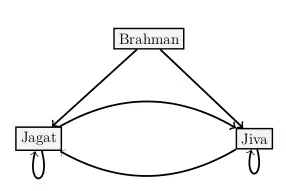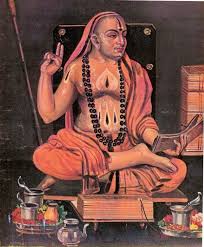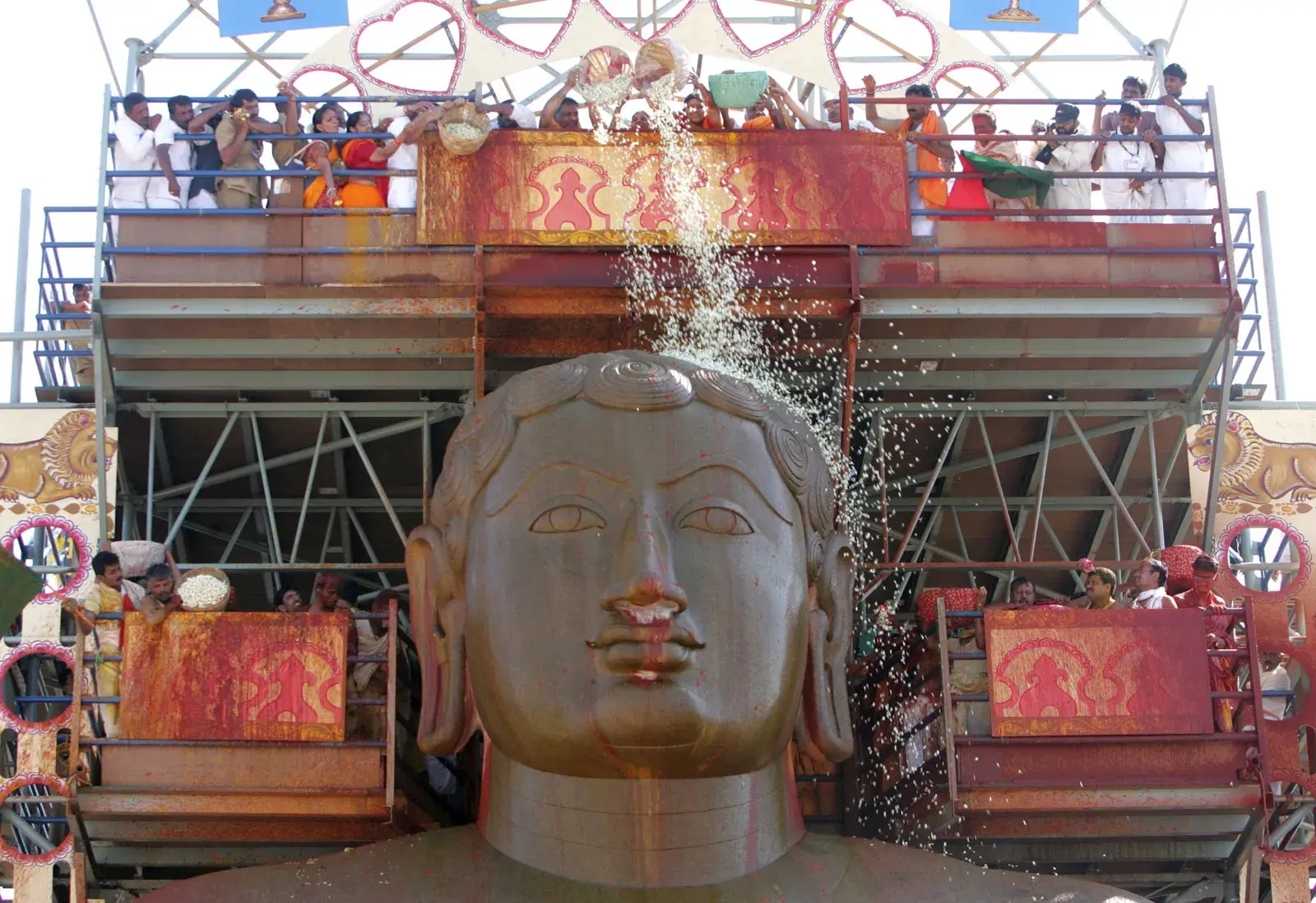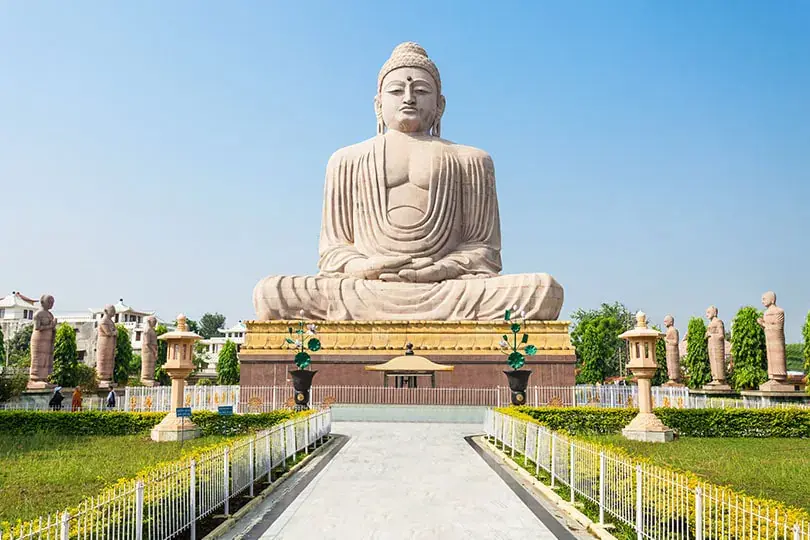Skip to main content
Development of Indian Philosophical Systems
Development of Indian Philosophical Systems
I. Context for Philosophical Inquiry

-
Ultimate Happiness: The central pursuit is the attainment of ultimate happiness.
-
The Self (Jiva): The inquiry begins with the self (Jiva), a core concept in Indian philosophy.
- The Jiva exists in a world (Jagat), which creates the basis for exploration of life.
-
The Divine (Ishvara): The philosophical quest often leads to exploring the nature of an ultimate entity variously called Ishvara, God, or Brahman.
- These three concepts of Jiva, Jagat and Ishvara, create the philosophical context.
II. Conceptual Phases of Development
A. Inquiry into the Jagat (External World)
-
Early Focus: The initial inquiry began by exploring the external world (Jagat).
-
Nasadiya Sukta: The Nasadiya Sukta in the Rigveda (10th Mandala) tries to understand the origin and nature of the world, and how the world came into being, and from what.
-
Observation: Early Vedic philosophers observed the various phenomena and realised that these are regulated by some governing principle.
B. Inquiry into the Divine (Ishvara)
-
Divine Entities: To explain the natural phenomena, a divine entity (Deva/Ishvara) was posited.
-
Understanding the Divine: Inquiry shifted to understanding the nature of this regulating divine entity (Ishvara)
-
Varied Interpretations: Divine entity was either perceived as a personified entity (like Indra or Varuna), or as an abstract principle (like Rita, cosmic order).
C. Inquiry into the Self (Jiva)
-
Realization: Realization that ultimate happiness cannot be found by looking outward.
-
Focus Shift: The focus of the enquiry shifted to exploring the self (Jiva).
-
Kathopanishad: The Kathopanishad beautifully captures this inward shift of focus.
- The creator made the senses to be directed outward; however, some wise people direct their gaze inward to search for the truth.
III. Conceptual Development
-
Initial Quest: began by examining the external world and exploring the divine.
-
Internal Exploration: The realization that inner exploration is the pathway to finding answers and happiness, shifts the focus to the self.
-
Focus Shifts Different schools or systems of philosophy focused on different aspects of this context.
-
Not Universal: Not all traditions in India focus only on the self; each has its own emphasis.
IV. Varying Emphasis among Philosophical Traditions
A. Theistic Darshanas

- Emphasis is on the divine (Ishvara).
- Examples: Vishishtadvaita Vedanta, Dvaita Vedanta, and Saiva Darshanas.
- God is considered important and prayers play a key role in the practices.
B. Darshanas Focusing on the Jagat

- Emphasis is on the material world (Jagat) and material aspects.
- Examples include: Nyaya, Vaisheshika, Samkhya and Jaina systems, which explore the nature of the world.
C. Darshanas Focusing on the Self (Jiva)

- Emphasis is exclusively on self or almost exclusively on self.
- Examples include Advaita Vedanta, Buddhism, and Yoga which seek to explore the nature of the self.
D. Conclusion
- Although all philosophical traditions talk about all the three components of Jiva, Jagat and Ishvara, their focus and emphasis vary.
- Theistic schools focuses on the Jiva and Ishvara, while Nyaya and Vaisesika focus on the Jagat.
- Each system has its own approach within this broad framework.




